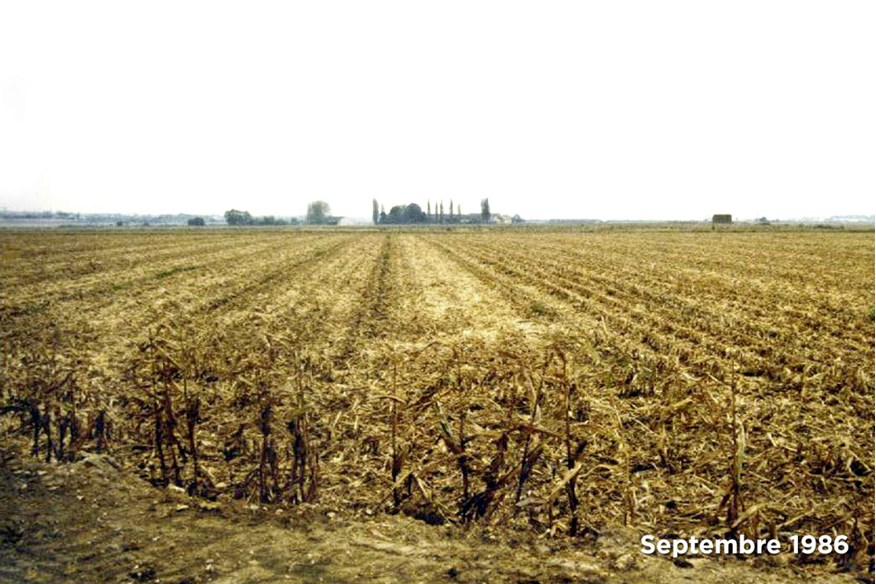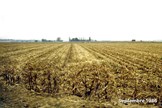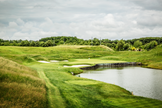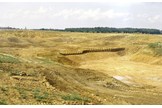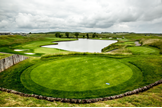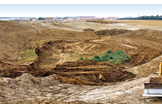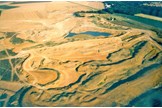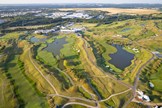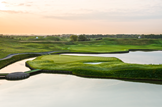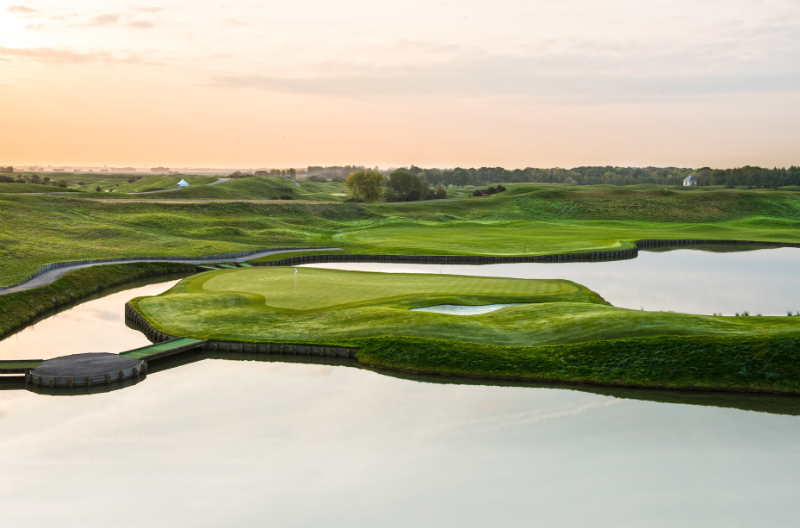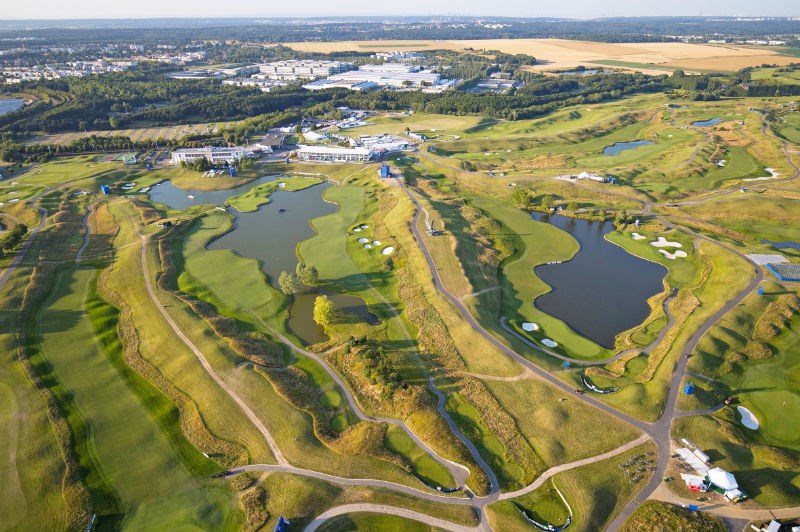The transformation from flat farmland to Le Golf National
Published:
If you’d gone to Paris 35 years ago, you’d have come across farmland. Here, we explore the story of its transformation
Twenty one miles from Le Golf National hangs the most famous painting on earth, Leonardo da Vinci’s Mona Lisa. It has been on permanent display at the Louvre in Paris since 1797, one highlight in a city where many of history’s most famous artists lived, studied and worked. It seems appropriate then that Le Golf National – host of this year’s Ryder Cup – is also a work of art.
If you’d have gone to the site, some 45 minutes outside the French capital, in the early 1980s, you’d have been greeted by… not much. Fields. Big ones. Very flat, and full of corn; 139 hectares of bare, flat-as-a-pancake agricultural land that had been that way since the reign of Louis XIV, who resided at nearby Chateau de Versailles.
But when course designer Hubert Chesneau first clapped eyes on the site, he saw potential. A blank canvas on which to paint the perfect backdrop for golf’s biggest events.
“Many courses at that time were built on natural, undulating terrain, but I preferred to create a landscape that would be ideal for natural grandstands,” said Chesneau. “So with this in mind there was no choice but to start with a blank canvas.
“My inspiration was to create a stadium; a golf course that would be able to receive great championships with ideal conditions for not only players, but also spectators and the media – particularly television coverage.”
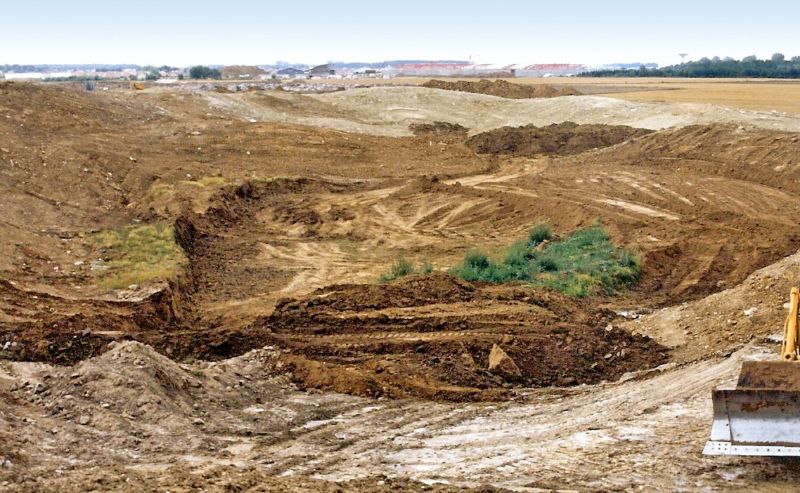
On September 27, 1985, the President of the French Golf Federation (FFG) approved the development of a “National Golf”. Above, the 1st and 2nd hole in 1986. Below, the 1st and 2nd holes in 2018.
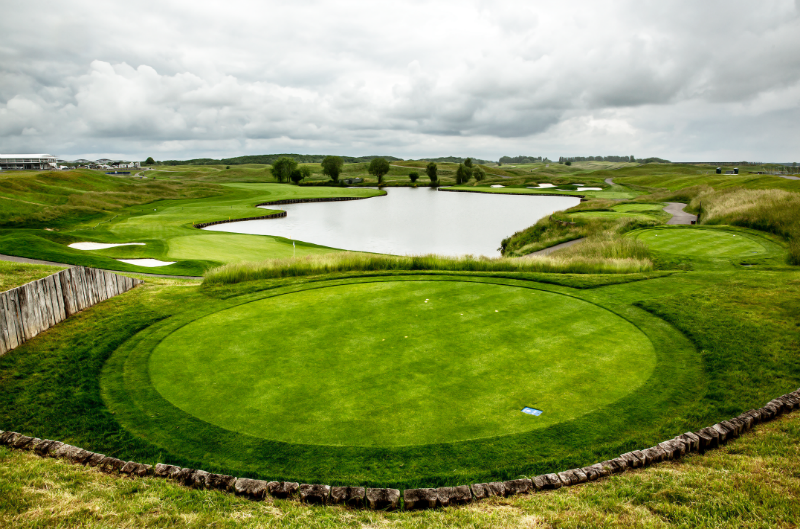
It was no easy task. With the first plans submitted in 1984, it took five years to build, with more than two million tonnes of soil moved in by 450 lorries a day to create the man-made dunes.
“Even though I had planned the topography of the site there was still the necessity for a twice weekly visit to ensure any refinements or modifications,” added Chesneau. “From the start, all the top soil was stored so that it could be re-used for the final presentation. During the summer of 1988-89 we dug out the nine hectares of water hazards and re-laid all the natural water courses.
“The first sowing of grasses took place in September 1989 and this carried on until June 1990.” That month, an enormous storm washed away part of this work, but they carried on – and the course welcomed its first players – Greg Norman, Ray Floyd, Je Sluman and Marc Farry – in October. The first Open de France, on its brand new “home course”, was played in June 1991.”
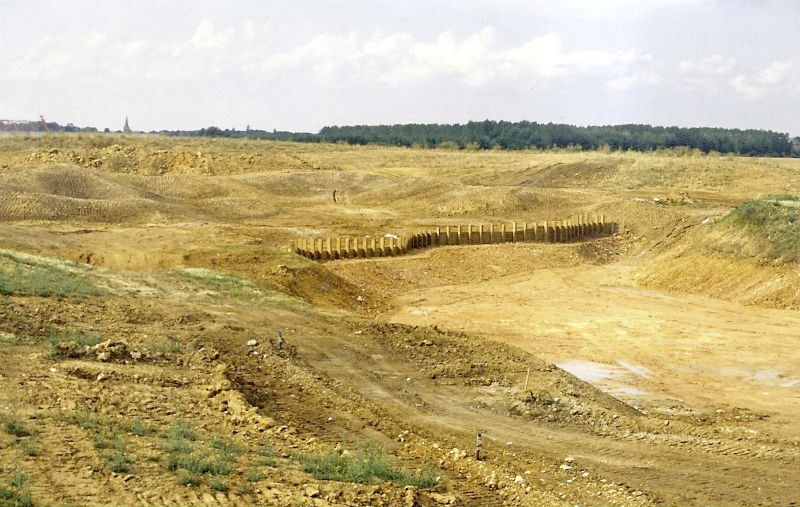
The project was approved on June 27, 1986, and plans were drawn up to shape the flat, barren land into two courses. Above, the 16th hole in 1987. Below, the 16th in 2018.
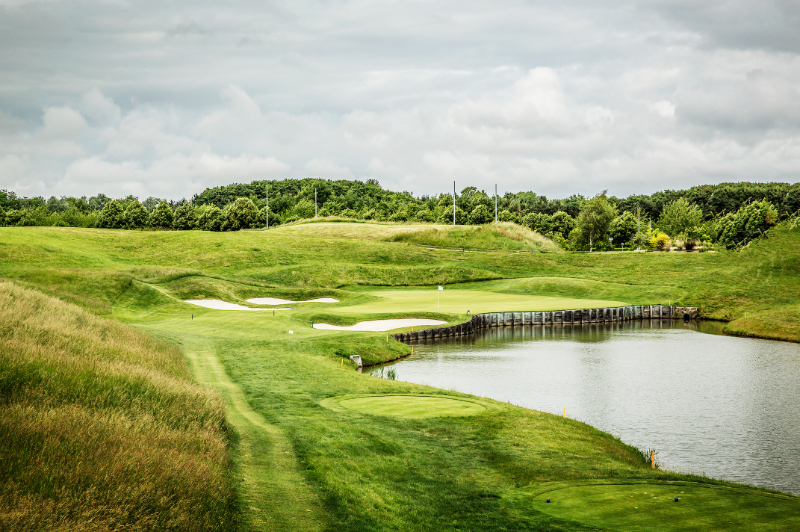
Even now, Le Golf National’s general manager Paul Armitage – who hails from Lincolnshire – still can’t believe the dramatic transformation from fields to fairways.
“It really is hard to imagine that before 1986 the whole area was open fields. It wasn’t easy to do because in those days golf was booming, but in France it was still quite an exclusive sport and not as open as it is today.”
Later named the Albatros course, the ultimate championship layout was on its way and leading US architect Robert von Hagge was brought in to sprinkle the magic dust… To keep up with modern times and equipment – but especially following its successful Ryder Cup bid–the course has undergone signi cant changes since those early days.
With the latter in mind, it was closed for 10 months from July 2015 to May 2016. Armitage told us:
“The place was ripped up. It was a huge project which included new drainage and irrigation, a couple of new greens, lake edgings, the installation of modern technology and communications and drinking water stations everywhere. There was a 200- yard bunker between the 4th and 5th holes.
“The story goes that was not in the original plans laid out by the architects, but in 1989-90 they ran out of land fill and time. So the two holes were modified to go back to the original plans, and the bunker on the 4th and 5th was filled in. Also, the par-3 11th didn’t have a water feature, though it was originally there over 25 years ago. It wasn’t created correctly and just used to disappear! It was a swampland and just looked a little bit ugly.”
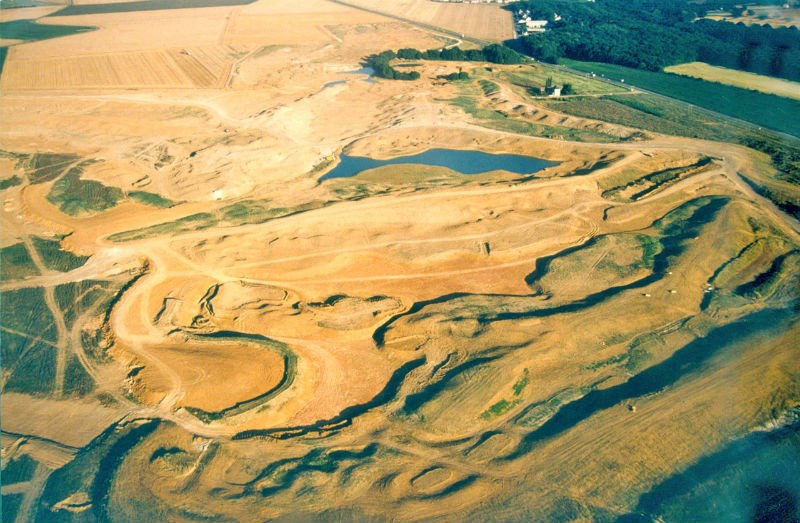
From approval by the FGF to final construction took five years. A further 26 passed before approval to hold the Ryder Cup. Above, the course in 1988. Below, the course now.
He may be a tad biased, but Armitage is in no doubt that Albatros course will present an enthralling Ryder Cup. “It could even turn out to be the best ever because of the strength of both teams and the breathtaking quality of the course.
“For France, it’s massive. It’s been a long journey, but the French are really behind it. Even though it had the French Open, the course still wasn’t very well known to international golfers and was being run, which is fine, as a local facility.
“It’s a public golf course, but didn’t have any Ryder Cup experience feel to it… but now it does.”
Key Numbers
➤ 61,000: Spectators a day – More than the Open – Will flock into the venue for the Ryder Cup
➤ 6,800: of those will be in the giant stand – the biggest ever at a Ryder Cup – overlooking the first tee, compared to stands at Hazeltine (1,200) and Gleneagles (2,300)
➤ 47%: Of the first batch of tickets went to French fans
➤ £7.5million: The course’s major refurbishment for the Ryder Cup involved eight different companies and cost
➤ 140km: Of drainage trenches were laid during the renovation project
➤ 17th: Century gatehouse, visible on the course, marks the beginning of Louis XIV’s vast domain.
Below, what the huge grandstand looks like ahead of the Ryder Cup
